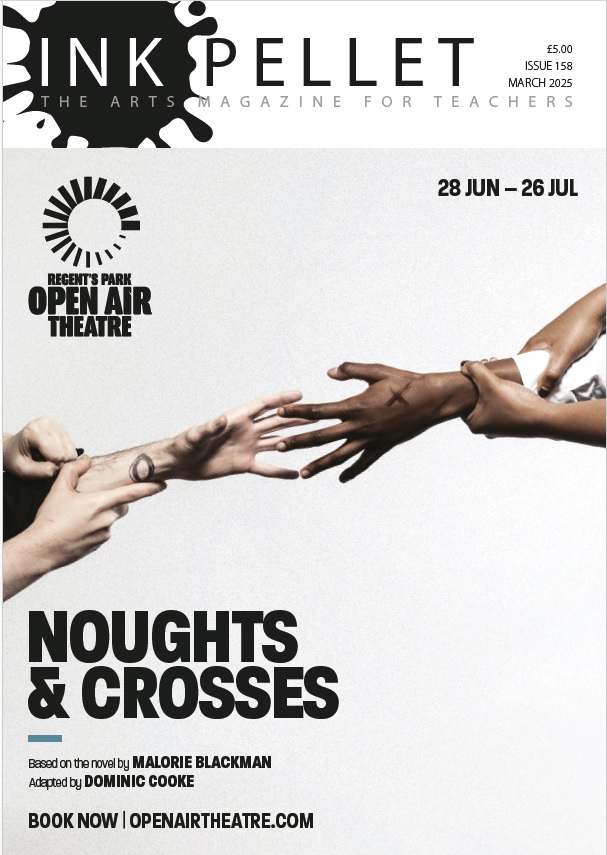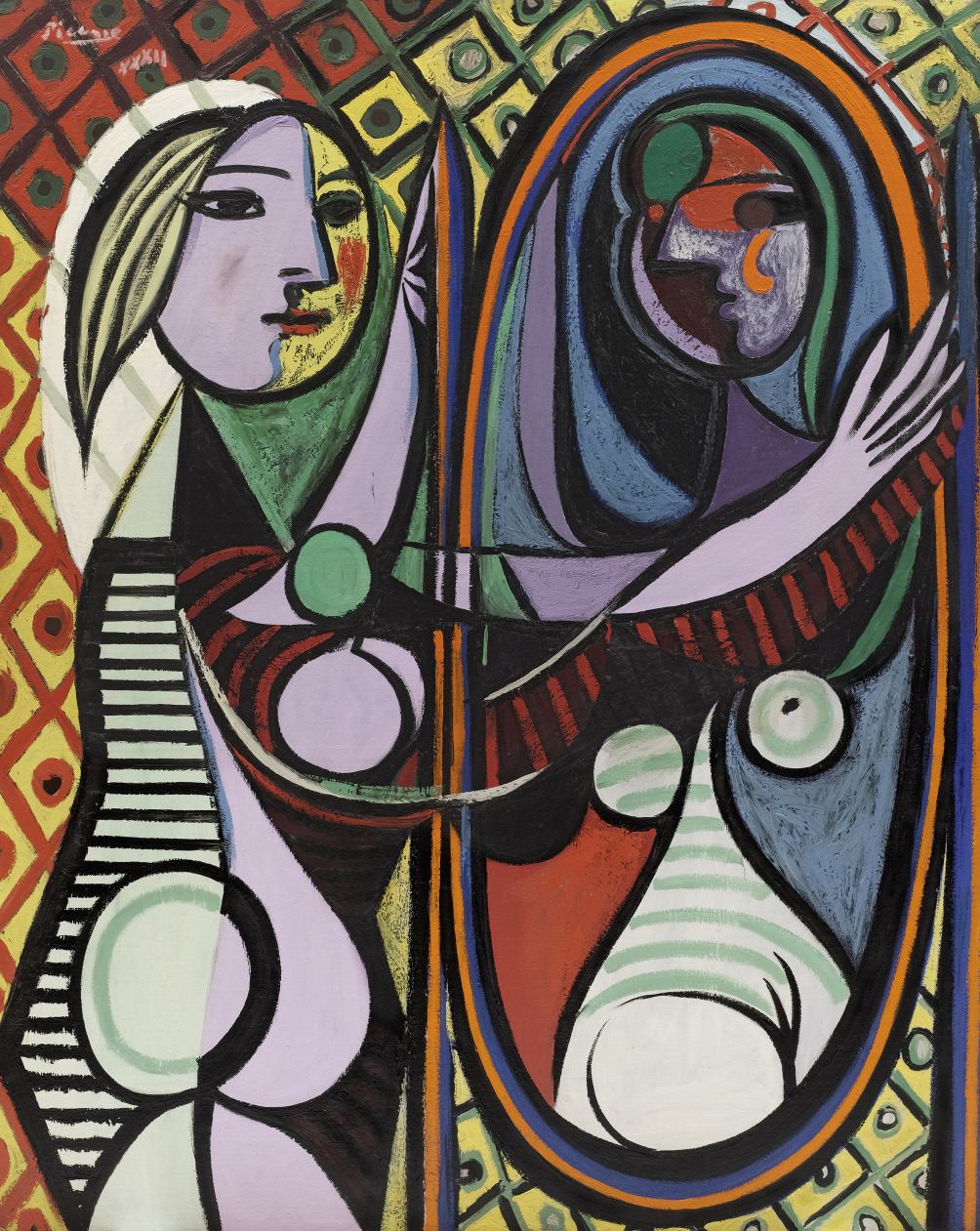Two contrasting shows at the Tate Modern and Tate Britain caught the attention of Graham Hooper, who provides us with an insight into both.
For anyone, your fiftieth year can tricky. Suspecting that your best years are behind you, and knowing that others may well agree. Perhaps the body betrays signs of being that bit less supple. You become a little more conservative in your tastes. For some maybe, but for Picasso, a genius in his teens, it appears 1932 was indeed a turning point, and just the remedy for a man many thought had passed his prime. Tate Modern’s Picasso show argues that this was in fact his greatest year, a period of renewed vigour and invention. The ten rooms displaying over 100 works of art present an impressive portrait of a man exploring, with equal proficiency, sculpture and painting.
Picasso had once remarked that his work was his diary, and this a month-by-month visual notebook of his life in this seminal year. It was a life of decadence for sure. Already famous after the success of his rose, blue and cubist periods (enough critical acclaim for most) Picasso wasn’t short of a penny or two. He had bought a country estate and converted the stables into a sculpture studio. His wife, the Russian ballerina Olga Khokhlova, had brought him further prestige. He had a chauffeur-driven car and tailored suits. He was a now a family man with his son Paulo turning eleven that year.
It is somewhat depressing to think that what seemed to make all the difference was having a love affair with a woman 28 years his junior. It’s not a solution one would recommend to others when a pick-me-up is what you’re after. Getting away from the city (Paris) with all the trappings of society will have given him the space to focus on his work again.
Strangely it is not until mid-way through this enormous show that we come across a painting of Picasso’s wife, from his figurative period, “Portrait of Olga in an Armchair, 1918”. It is hung alongside the famous self-portrait from his blue period and picture of Paulo, dressed in harlequin costume. The three images together are a delightful family study. Picasso is moody and intense, set against the Prussian blue wall. Paula is sweet in front of an equally plain backdrop, this time of un-primed canvas, with the blue and yellow diamonds of his satin outfit providing decorative pattern in an otherwise subdued image. Finally, the wife and mother of Paulo, again on a seemingly unfinished canvas, is refined and dignified if in sombre mood. She looks at us with some sadness, her arm caressing an empty space on the floral upholstery.
These contextual images might have been better placed earlier on in the show. Setting the scene is something that otherwise the show does very well, even to the extent of including a receipt for the local butcher and marketing brochures for his Hispano-Suiza car to evidence his extravagant lifestyle. For those unfamiliar with his earlier work too, we must wait until room 6 to get a sense of his rivalry with Matisse, and what had gone before (yes, he had actually invented Cubism along with Georges Braque). It was the occasion of his first retrospective in Paris in 1932 (still rare for a living artist then, though a year after Matisse’s) that his illicit affair became truly public knowledge.
Other than these three family portraits, and some later studies on religious or classical themes, the entire show is devoted to female figures, of his wife or lover (though increasingly his lover, Marie-Thérèse Walter) or cleverly the two together, as in “Girl Before a Mirror, 1932”. What is so startling about this particular work, made in the Spring of that year, is the way he documents, with confidence if not knowingly, his feelings for these two women. On the left, with the red and yellow diamond patterning of the harlequin again (a reoccurring visual motif) we see a younger woman, her face both in profile and from the front, reaching out to her reflection, what we might assume is Picasso’s wife. The mirror image, a much colder and almost sickly yellow and green, is noticeably darker too. A swirl of orange under her left eye, like a large teardrop, is falling onto her purple-grey cheek. Otherwise the painting is all confident curves and stripes that fill the design with energy and excitement. It is a brilliant painting, mixing style and substance effortlessly. Picasso manages, with masterful pride, to combine assured composition with material handling.
The very best works in this show, and there are lots, display his genius time and again. Painting after painting shows off his ability to bring together contrasts, visual and metaphorical, in pleasing ways. The use of the mirror, thematically, physically, is simple but highly effective. He reflects on the women in his life, and they reflect each other. There are pairings everywhere – breasts and busts – providing subtle and much less subtle suggestion. I marvelled at his ability to render in just a few brush stokes hair, leaves, arms and fabric (and often, I learnt, without any preparatory pencil sketches). His use of colour combinations is bold and utterly convincing. You won’t see all this work together again. This is intuitive, passionate painting that we can really enjoy, though arrive early to avoid queues and packed exhibition spaces.
The show ends with ghost of Guernica, yet to come in 1937. The voluptuous and sensual curves transform themselves into much more angular and frenzied forms. Sure enough, in wouldn’t be long before Picasso’s lover is pregnant, his marriage has collapsed, Europe, already in a time of tension, is again at war. The last painting in the show, The Rescue, is a figure presumably drowning at sea. We find out little about Walter, other than her prowess as a swimmer. An earlier painting of her is juxtaposed with some black and white film from 1928 of an octopus. Sure enough the footage shows us all we need to see of this mysterious and secretive creature, with limbs that can be graceful and dangerous. In the last painting someone or something is struggling in deep water, though to be fair, it could symbolise any number of significant events at that time. It’s a perfect ending.
At Tate Britain All Too Human surveys the attempts by painters over the last century to depict the human condition through the human form. It focuses on Lucian Freud and Francis Bacon (the Matisse and Picasso of 1950’s London) but showcases others no less important or competent. Yet again, if you like great paintings, Michael Andrews, Jenny Saville, Frank Auerbach are all on display. What I would say here though is that they are not always the best examples. Much effort will have gone into collating the Picasso’s from collections, both public and private, around the world. No easy task, and many are seen for the first time since they were first shown decades ago. Tate Britain has just one Jenny Saville, a head study rather than a full body, though it does, thankfully, devote an entire room to Paula Rego. The large group portraits by the Portuguese artist, much undervalued, steal the show for me. Her handling of the media is exceptional, not easy in pastel, as any art student will tell you. The playing with scale and story is witty and provocative too. She employs a whole armoury of props and costumes to present complex narratives, loosely based on fairy-tales, that explore fear and desire, through fantasy and memory. Her figures – patient sitters as she works from life in her studio – express all manner of emotions. Objects, background details, all symbolically arranged, are brought together in mural scale compositions that fill room 10, and genuinely explore complex human relationships. Other rooms are devoted to the more historical aspects, the tradition of the figure in British painting, the post-war school led by William Coldstream, for instance, that championed analytical, measured drawing based on intense observation. But by that time many had turned away from the approach, keen to reflect the devastation of the war using a much more expressive style, one that was more emotional and intimate, highly gestural and subjective.
The early century painters (Sickert, Spencer and Bomberg) who looked to everyday life for inspiration were still proving ample source material for the next generation of primarily London-based painters. The figures are isolated, lonely and vulnerable but sadly scrutiny does not always appear as empathetic. The aim was to represent both the physical and emotional environment, using paint as a fitting substitute for flesh itself. It is admirable and successful at times, though the inclusion of a still-life or landscape devoid of human presence feels utterly out of place here. As with the Picasso show some of the paintings are weakened when put next to key highlights. But our lapses make our fortés all the more powerful. It was always probable when looking at a year in the life of any single artist, and indeed, it is what makes anyone human.



